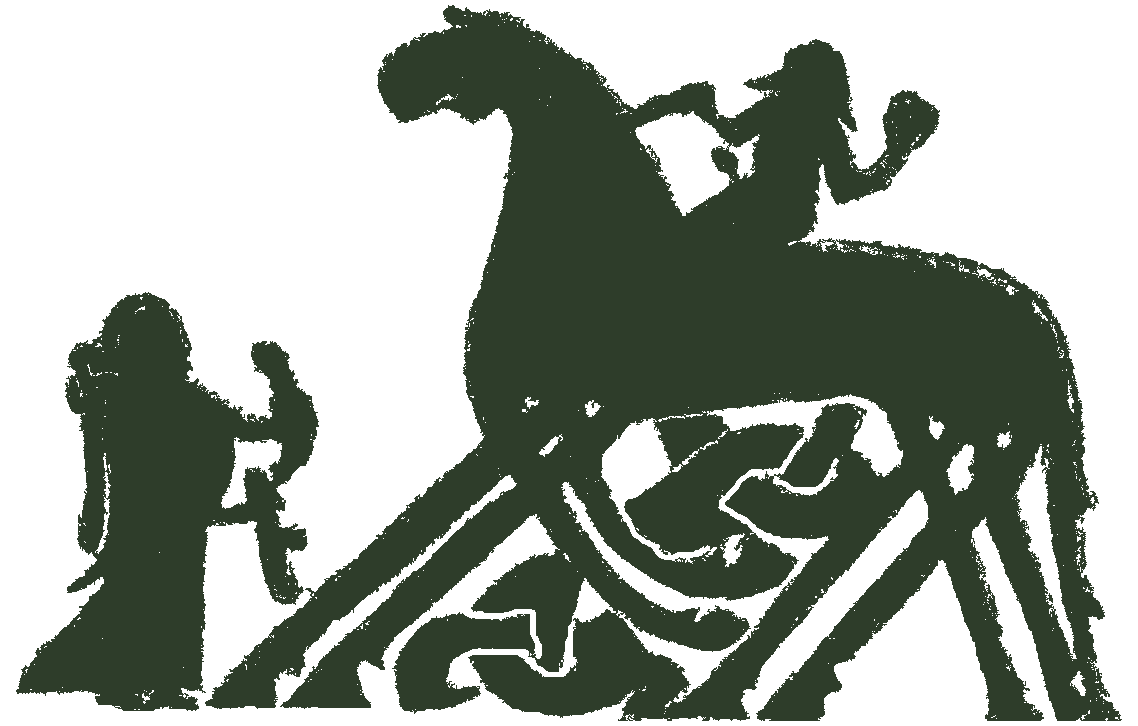in progress
In his search for the boys Helgi and Hróarr, King Froði makes use of a seið practioner, the vǫlva Heiðr, who arrives at his hall and is asked/paid to divine the location of the boys.
text
Hrólf ch. 3
3. Frá Hróari og Helga
Hróarr var þá tólf vetra... | ... |
[status: unverified copy]
commentary
context
The name ascribed to the vǫlva, Heiðr is significant as it is also the name used for the vǫlva who instructs Óðinn throughout Vǫluspá.
commentary
It is clear that Heiðr is held aloft among the community in her position as a vǫlva despite generally being considered apart from it. A feast is prepared in her honour and she is placed atop a seiðhjallr 'trance platform'. Heiðr is praised for her mikla gæfu 'great luck' and asked to prophesy.
Her practice of seið is described thus with a chant emerging from her mouth:
Hún slær þá í sundur kjǫptunum ok geispar mjǫk
"She then thrust apart her jaw and yawned greatly"
It has been suggested that her odd breathing action could be in order to induce hyperventilation or asphyxiationin in order to reach a trance state, akin to Óðinn's hanging in his persuit of the runes. See DuBois, Thomas. Nordic Religions in the Viking Age (University of Pennsylvania Press, Pennsylvania 1999), p126.
(Contributed by Douglas Robert Dutton.)
tags
Main text: Hrólfs saga kraka
Attributes: Seiðr Vǫlva Trance platform
Named things: Heiðr vǫlva Fróði
Text sections: Hrólf ch. 3
